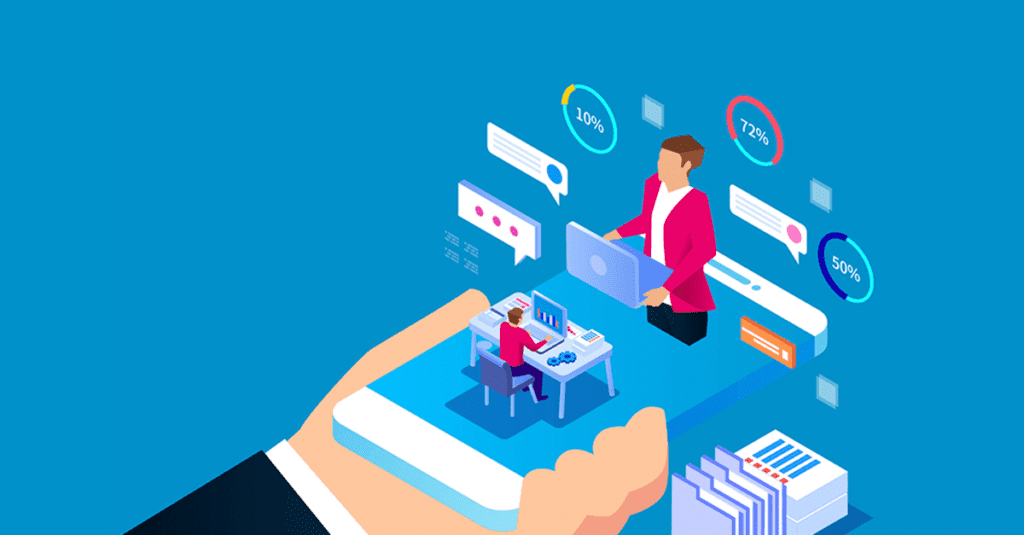The Six “Ds” of Learning Experience

Let’s begin with the core question that every product manager asks: What’s the problem you are trying to solve?
Whenever I face a new challenge, I start with this question. That product management discipline hasn’t skipped a beat for me, even after pivoting towards a modern learning and development career. These days, I simply gear those instincts toward a different type of product: Learning.
While instructional designers use the Needs Analysis Process to uncover key operational learning objectives, traditional needs analysis overlooks everything surrounding the core objective. That’s where my role comes in: I’m responsible for the overall learning experience. While learning objectives and raw content are identified elsewhere, the question I ultimately need to answer is:
“Experience” is a vague and fuzzy term, covering a vast number of disciplines, topics, and definitions. However, you can start to size it up with the six key questions I use to define all digital transformation experiences.
Six key principles & questions around experience
Consider using these questions whenever you are tackling a new modern learning engagement and don’t quite know where to start.
Design: How does it feel?
Ranging from visceral to intellectual responses, Design tells you the emotional impact of activities by curating and producing feelings from the work that is being performed.
Develop: How is it built?
Going beyond what we typically think of as “development,” such as coding and software, Develop is about the construction of a product or skill that is valuable for others.
Detect: What are the expectations?
Discoverable through direct research or the use of predictive indicators (machine learning, AI), Detect is the basis for why work is performed or skills are needed. It rests on a balance with the next item, Determine.
Determine: What needs to be made?
Determine is the direct result of Detect and is the synthesis of a plan, strategy, and/or tactics to create a learning experience based on information and research.
Deploy: How do others get it?
Positioning a skill or learning experience is important so that others recognize they need it or that it addresses a learning opportunity they have. Deploy is the physical act of getting the output into their hands.
Do: How are we organized to make it happen?
Do is the workflow and operations that tie everything together. It’s the engine that makes it all work.
Developing modern learning experiences
When these questions are used as a guide for developing your proposal or pitch, you can begin to structure your thinking and construct the modern learning experiences you want to create. Here are examples of the types of answers you may want to provide.
How does it feel? The learning experience will be designed to invoke feelings of caring while providing challenges and a safe environment to self-assess.
How is it built? The experience will be developed using a number of smaller delivery modules. Templates will be provided for rapid development across multiple media types, including text, video, audio, and interactive content. As additional needs arise, new modules can be crafted and added to the menu of available options.
What are the expectations? Through quantitative and qualitative customer validation research, we determined that the experience needs to be mobile, available offline, and consumable in sections that last no longer than ten minutes each.
What needs to be made? The content architecture must be simple to understand and rapid to develop. We must provide instructional designers with scaffolding so it’s easy to craft learning content that meets our objectives.
How do others get it? Based on customer validation research, a series of videos will be distributed through an awareness campaign. Learners will be brought immediately to the learning content so they can continue exploring on their own, and they will have the ability to share the videos with peers through internal collaboration tools.
How are we organized to make it happen? Through our Kanban boards and sprints, we will identify new content modules on a multi-year roadmap. While gathering feedback and enhancements to existing modules, we will deliver new modules on a regular cadence.
Even if the operational learning objectives and learning content itself may not be known, the experience around it can start to take shape, which adds to the sophistication and completeness of the solution you are building.
